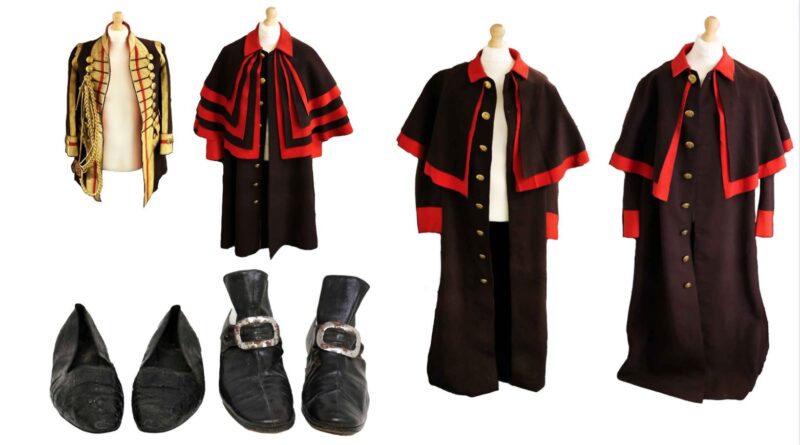Country estate clothing in Derbyshire sale
An aristocratic treasure trove of period clothing – including a gown worn to royal coronations – is set for auction.
They have emerged from a family whose ancestors once resided at Ingestre Hall in Staffordshire, a Grade II* 17th-century Jacobean mansion. The property, near Stafford, was formerly the seat of the Earls Talbot and then the Earls of Shrewsbury.
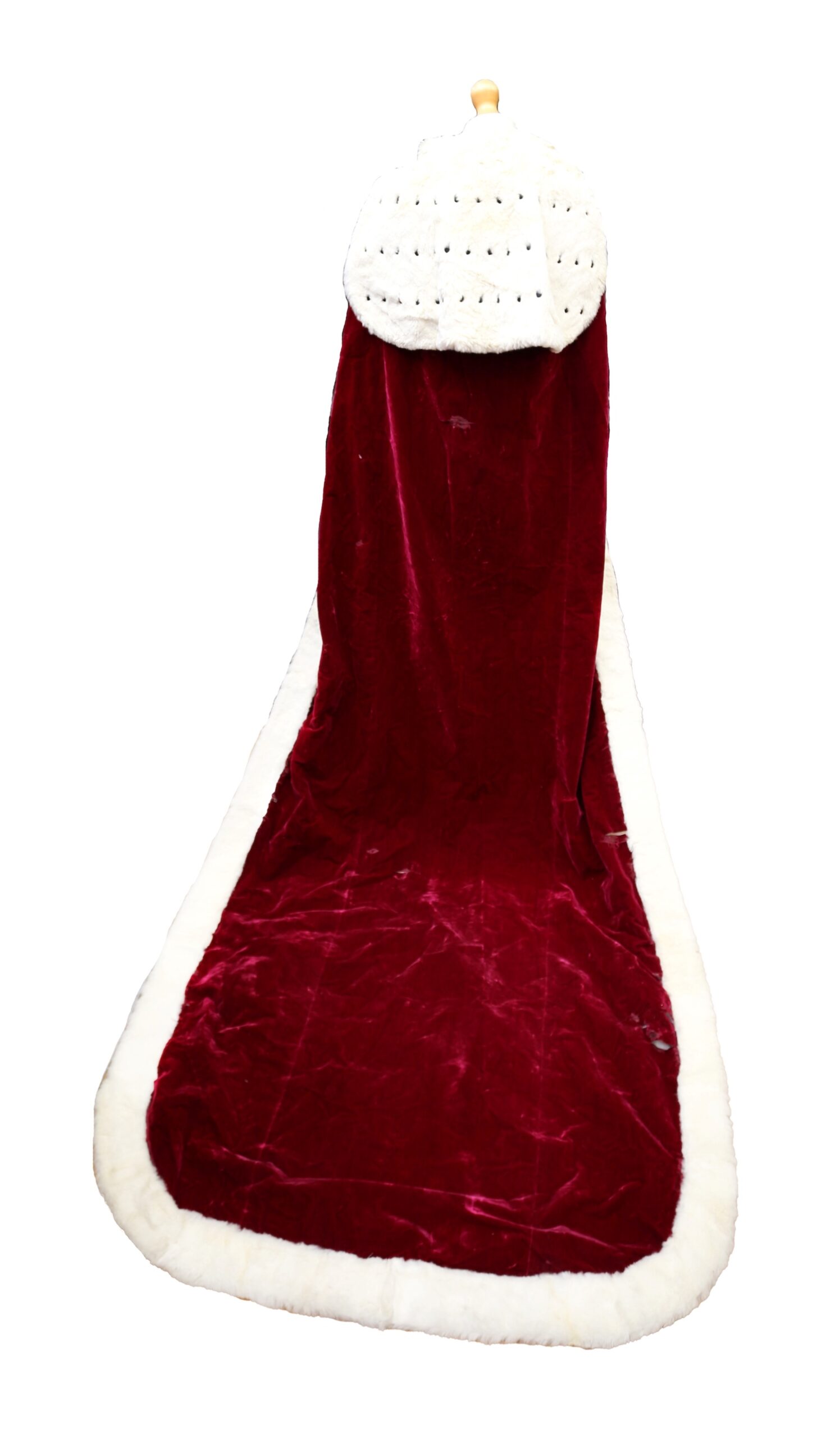
It’s now an arts and conference centre but reminders of its past have come tumbling back thanks to the consignment to auction of a collection of clothing brimming with style reminiscent of TV’s Downton Abbey.
It has been uncovered by Notty Hornblower, period clothing consultant at Hansons Auctioneers and owner of Derbyshire’s Hope House Costume Museum. It could achieve £1,000 under the hammer in June.
She said: “It’s an absolutely amazing collection offering a glimpse of the style of lords and ladies of the manor – and their servants – a century ago. The clothing dates from the late Victorian period through to the coronation of Queen Elizabeth II in 1953. The star of the show is a robe worn for that prestigious event by, we believe, Lord Shrewsbury’s mother.”
It’s thought the pre-1937 robe, with attached ermine cape, was likely worn at British royal coronations from 1902 onwards including the crowning of King George V in 1911 and King George VI in 1937. Though the cape section is in good condition, the robe’s red velvet has perished in places.
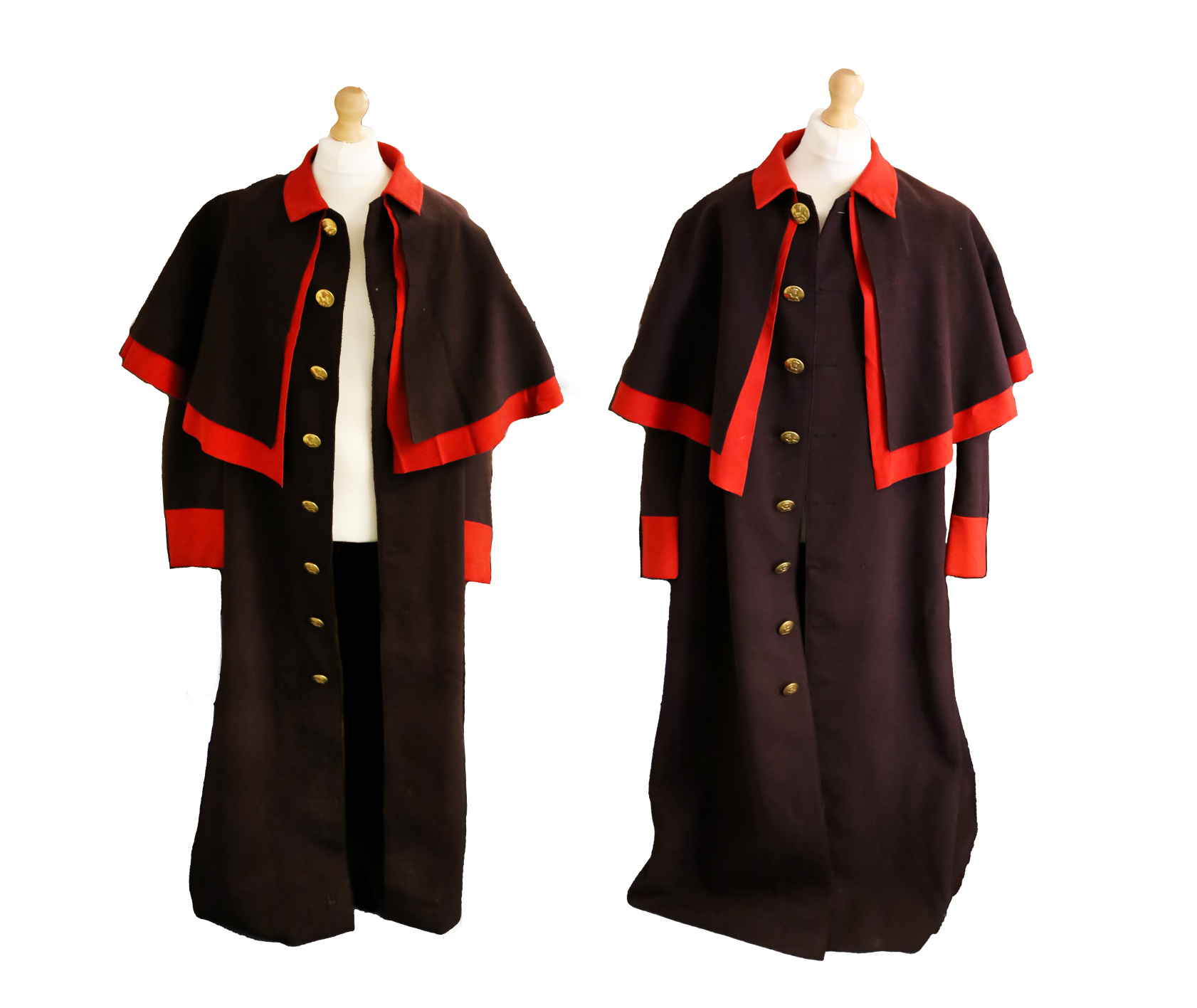
Notty said: “The items sweep us back to another time and place, one that has always fascinated the world and sparked numerous period dramas and films. It is not only the elegance of the aristocrats that is fascinating but also their servants.
“It reveals fashion accessories from the past such as a cotton jabot, an ornamental frill or ruffle. Perhaps you can picture Mr Darcy in Pride and Prejudice wearing one? Jabots were attached to a neckband or collar, or simply pinned at the throat. The one set for auction was likely part of a page boy’s outfit. There is also a pleated lace jabot, thought to be part of a gentleman’s coronation ceremony attire.
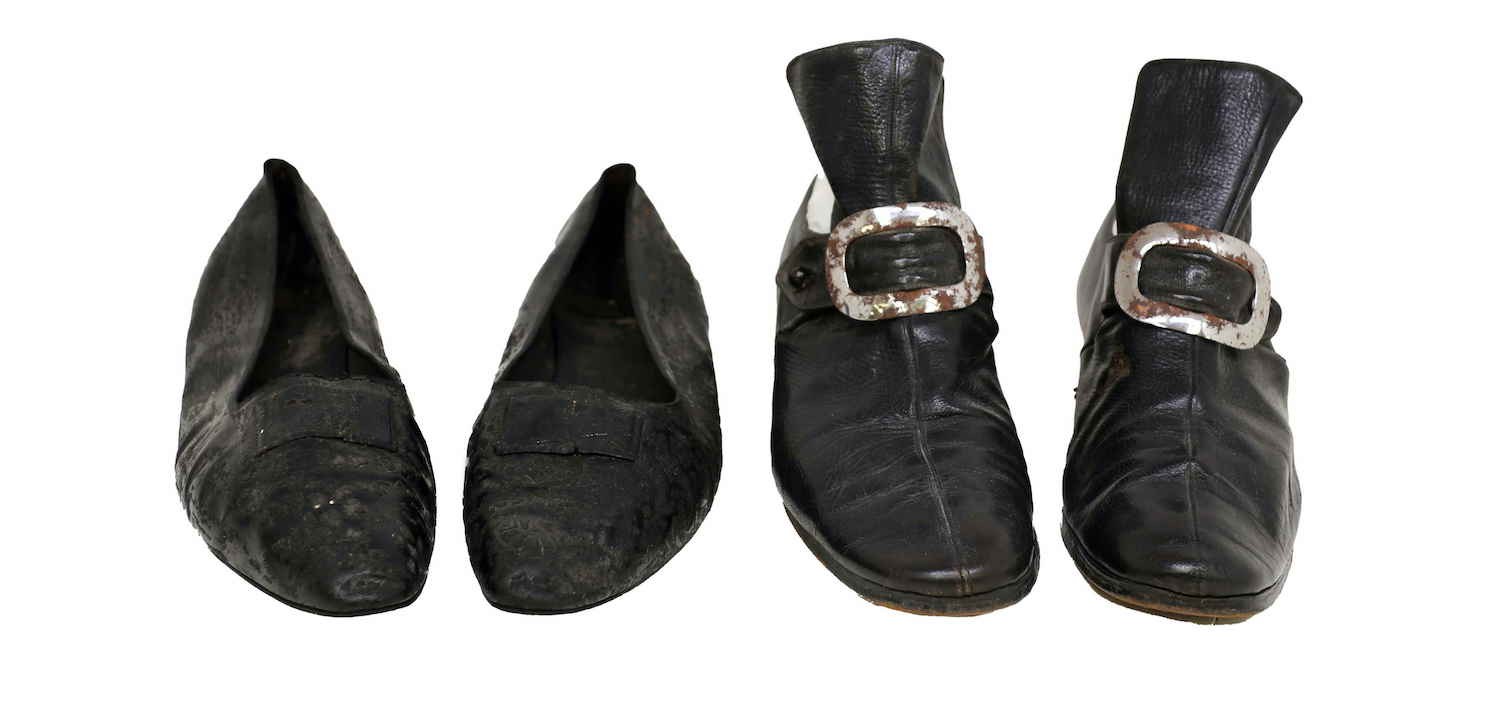
“It’s likely the cotton jabot was worn with a mid-20th century page’s uniform jacket in chocolate brown waxed cotton with a red lining. It’s heavily trimmed on the sleeves and body with gold braiding. It boasts livery buttons and bullion cord and is embellished with the estate’s seal.
“We also gain a flavour of country estate life thanks to three pairs of late Edwardian/1920s gentlemen’s over-trousers. Meanwhile the lady of the house would always display the elegance of her standing. Among my favourite items is a pair of late Victorian/early 1900s lady’s court satin bootees in a cut-out laced design with Louis heel, a motif of bronze and paste stones and buttoned lattice straps. They may have worn to the coronation of King Edward VII in 1902.”
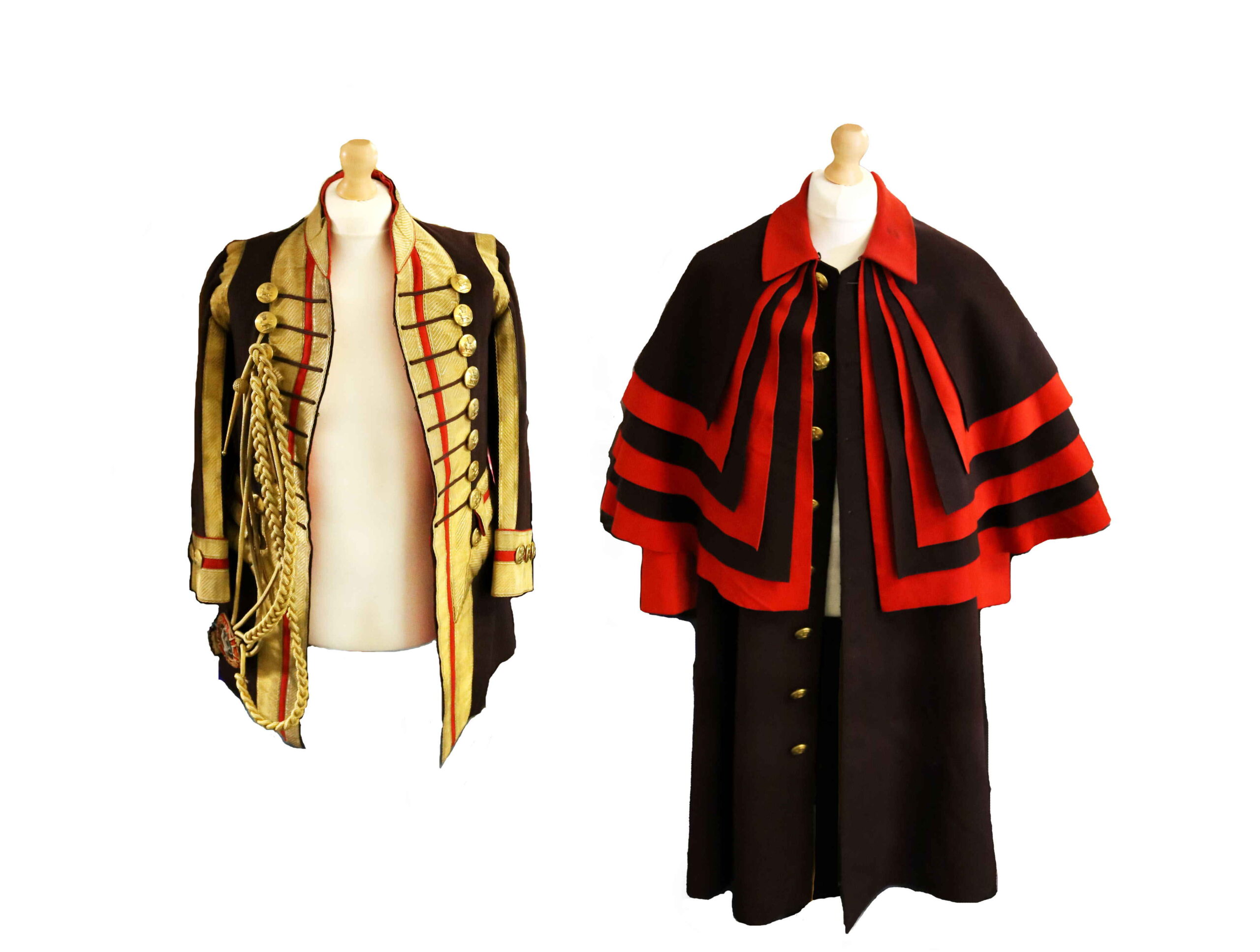
Servants were dressed to a standard too. Consequently the treasure trove includes a circa 1930s footman’s wig; red velvet footman’s breeches with gold braiding and buttons featuring a coronet and the Talbot dog; red footman’s waistcoat in heavy-duty cotton and a pair of footman’s black leather shoes. Old newspaper stuffed into the toes is dated 1920.
Also set for auction are three pre-20th century coachman’s coats made in chocolate brown heavy-duty fabric. They have gilt brass buttons, an attached cape and panels of alternating strips of red and brown. Admirers of period clothing can also bid on 1940s/50s black leather court shoes with metal buckles and Lyle stockings in pale pink, white and cream.
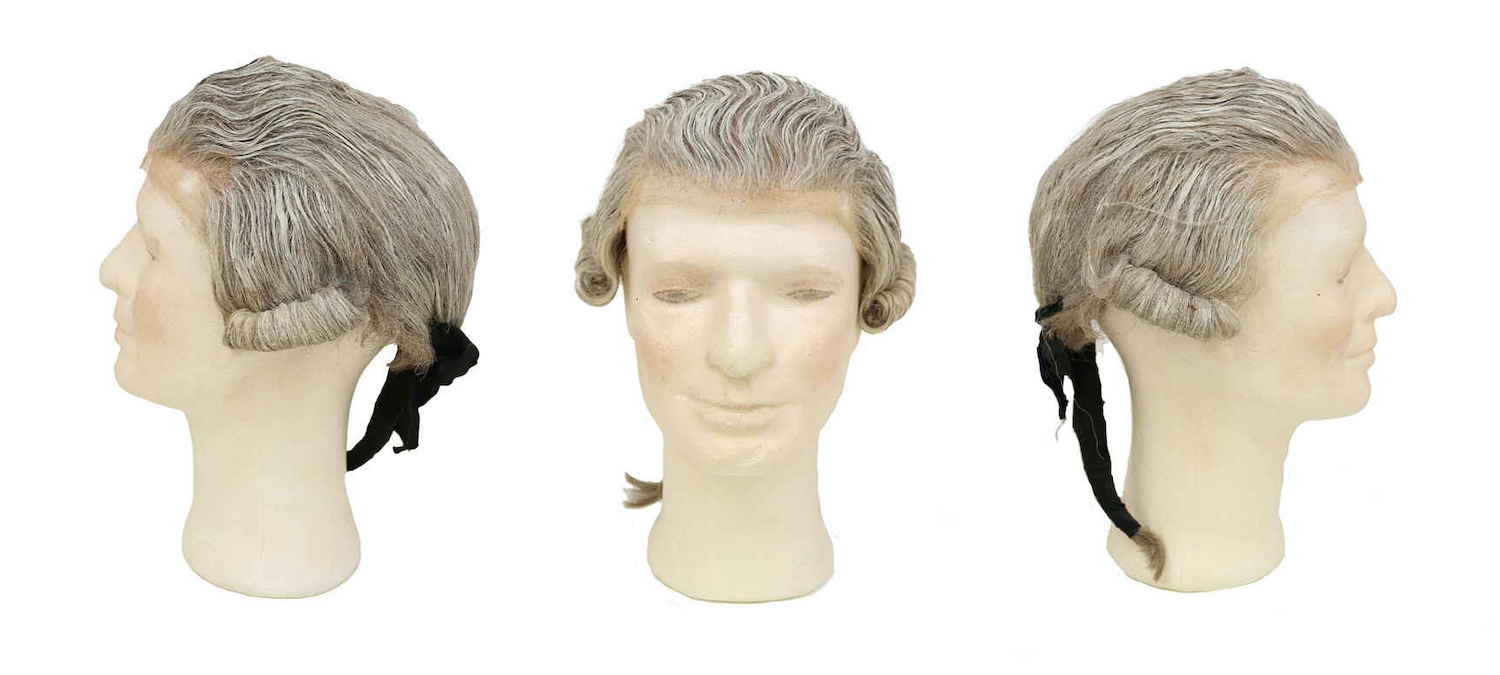
Notty said: “All would have been worn at Ingestre Hall, an imposing red brick mansion built in 1613 for Sir Walter Chetwynd, High Sheriff of Staffordshire in 1607. It was renovated in the early 19th century and, following a fire, largely rebuilt in 1882. The 1,100 acres estate was broken up in 1960 when sold off by the 21st Earl.”
Earl of Shrewsbury is a hereditary title of nobility created twice in the Peerage of England. The second earldom dates to 1442. The holder of the Earldom of Shrewsbury also holds the title Earl of Waterford (1446) in the Peerage of Ireland and Earl Talbot (1784) in the Peerage of Great Britain. Shrewsbury and Waterford are the oldest earldoms in their peerages, consequently the Earl of Shrewsbury is sometimes described as the premier earl of England and Ireland.
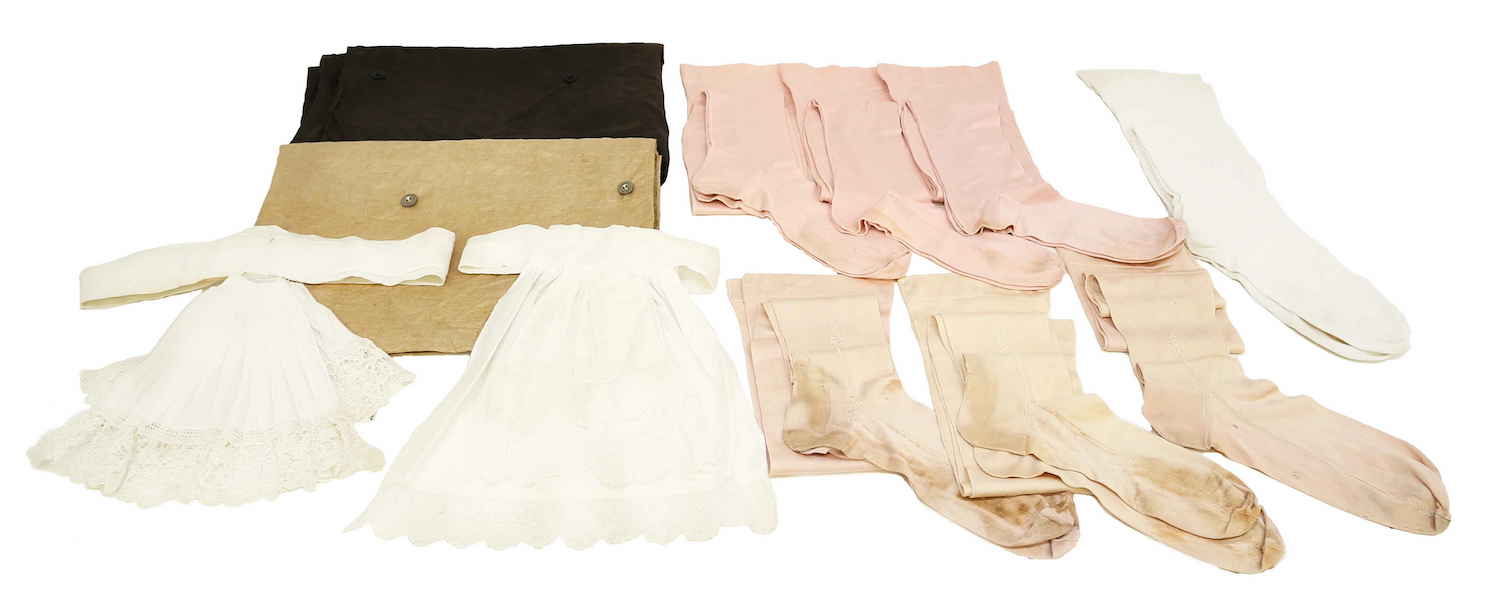
Notty said: “Working on an English estate for an esteemed aristocrat was considered a prime occupation. In a world of tough working conditions and strict social divides, it provided a good salary, security and prestige. Typically room and board were covered and uniforms provided.”
The clothing will be offered in Hansons’ June 27 Fine Art Auction.

